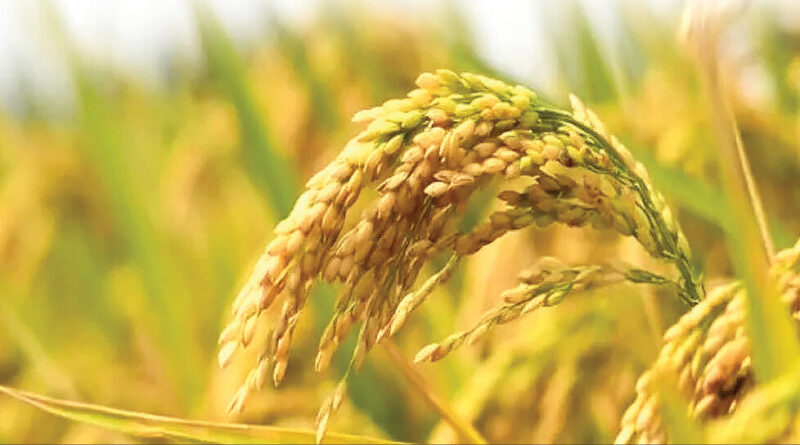New rice variety tests fertiliser habits of farmers in Punjab, overuse to drop yield
Punjab farmers are caught in a dilemma over a new rice variety promising a higher yield but clashing with their traditional practices of fertiliser usage.
The PR-132 — touted as a high-yield, nitrogen-efficient variety with superior milling and grain quality — offers a solution to rising input costs. It requires approximately 25% less urea than other non-basmati varieties — only 1.5 bags per acre compared to the typical two bags (90 kg each) needed for other popular varieties. But farmers who continue to follow their usual dosage of subsidised fertilisers face a major risk, as excessive use can cause the crop to fall over — a condition known as lodging.
While drawn to the promise of a high yield, some farmers are hesitant because the crop is susceptible to lodging if nitrogen application guidelines are not strictly followed.
Jaskaranvir Singh, a farmer from Makhano village in Fatehgarh Sahib, expressed the predicament of cultivators . “Most farmers want to stick to their traditional ways of using fertilisers and were thus wary of opting for it,” he said. He is, however, testing the variety himself, he said. “I have sown PR-132 over one acre as a test case and would expand the area if the yield is higher,” he added.
The Punjab Agricultural University (PAU), the developer of the new variety, has issued a clear caution, stating, “During the current season PAU recommended a new rice variety, PR-132. It yields best with 75% recommended dose of urea (1.5 bag). Excess application of urea to PR-132 may result in lower yield owing to lodging.”
The new variety also promises an impressive average yield of 31.5 quintals per acre, surpassing varieties like PR-126, which yields about 30 quintals per acre. It is a medium-duration variety, maturing in approximately 110 days, slightly longer than the short-duration PR-126, which matures in about 93 days.
An agriculture officer, speaking on condition of anonymity, said the claims of a higher yield for the new rice variety will be put to the test during harvesting in a few weeks. He explained the risks of over-fertilisation, noting that if the crop receives more nitrogen than required, it becomes “succulent”, making it more susceptible to insect attacks and diseases. This excess weight also leads to lodging, where the plant falls over.
“The agriculture department is making farmers aware that a higher amount of fertilisers is actually detrimental for the crop. While other paddy varieties require 90 kg of urea per acre, farmers are often tempted to use a higher dose of this fertiliser, which costs Rs 265 per bag at a subsidised rate,” he said.
During the Kharif 2024 season, the short to medium-duration rice varieties recommended by PAU were widely adopted, covering about 74% of the total area. The most popular varieties were PR-126, which accounted for 43% of the area, and PR-131, which covered 19%. PAU currently recommends 12 of these varieties, including the newly introduced PR-132, along with PR-131, PR-129, PR-128, PR-122, PR-114, PR-113, PR-127, PR-130, and PR-126.
According to the varsity, these varieties have been well-received by farmers since their release in 2012. Their widespread adoption has not only helped to curb the declining water table but has also contributed to a reduction in farm fire incidents. This is because the varieties have a lower straw load and provide a longer window for farmers to manage their crop residue.
PR-132 RESULT OF 8 YRS OF RESEARCH: RICE BREEDER
According to PAU’s senior rice breeder and additional director of research, G S Mangat, the PR-132 is the result of eight years of extensive research. This paddy season marked the first time the variety was made available to farmers, with approximately 1,500 quintals of seeds distributed in 4 kg packets.
Mangat said the new PR-132 rice variety is a collaborative effort with the International Rice Research Institute (IRRI) in the Philippines. The variety was developed by crossing a sister line from IRRI with existing PAU varieties, specifically PR-121 and PR-126. The release of PR-132 follows the successful development of other varieties like PR-131.
Mangat explained that the PR-132 will undergo further testing over the next three years at PAU’s five research stations, using feedback gathered from farmers. This process of “multi-location testing” is crucial for evaluating the new variety’s adaptability and performance in various conditions. “PR-132 has been developed keeping in view the demands of the farmers, millers, and end consumers,” he said.
This article has been republished from The Times of India.

